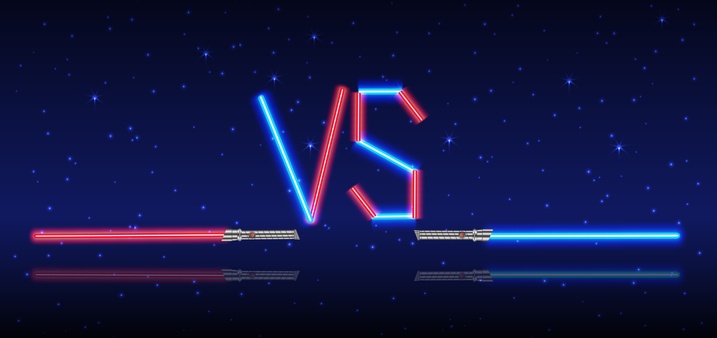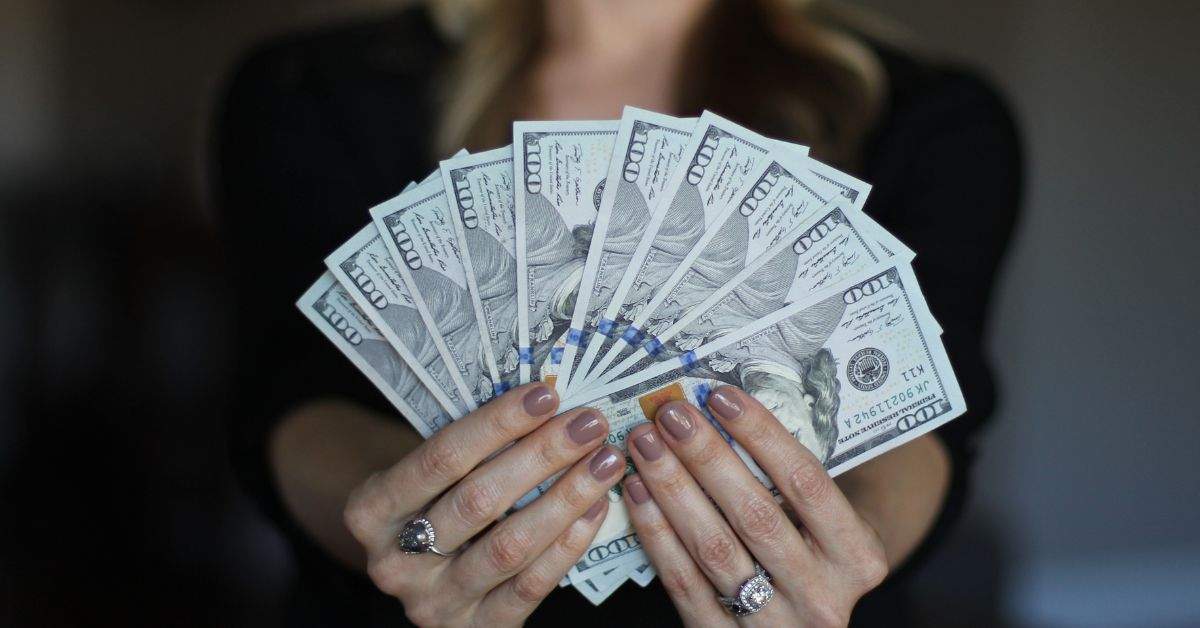You may know that Saturday, May 4th is informally known as “Star Wars Day.”
May the fourth has turned into “May the Force” Day for Star Wars fans around the globe.
With that in mind, on “Star Wars Day,” we’ll look at some of the most notable cases involving this film series that’s earned more than 42 billion dollars!
When you have a film series that’s earned more than 42 billion dollars, you’re likely to vigorously protect those intellectual property (IP) rights. Film rights are rights under copyright law to produce a film as a derivative work of an item of intellectual property. There are also music rights, digital rights, TV rights, theatrical rights, distribution rights, licensing, royalties, profit sharing, and much more.
Lucasfilm owns federally-registered trademarks and copyrights in several characters from the Star Wars films, including the “Stormtrooper,” “Darth Vader,” “Darth Maul,” “Chewbacca,” “Luke Skywalker,” “Princess Leia,” “Han Solo,” “Obi-Wan Kenobi,” and “Yoda” characters.
So, if you’re an IP attorney for George Lucas—or now Disney—you have a full-time job. Here are some of the legal entanglements that have come up around this iconic series.
The Star Wars case collection
Some people collect Star Wars action figures and some collect Star Wars jewelry. There are Star Wars games, Star Wars books, Star Wars costumes—you can even buy the carbonite slab in which Han Solo was frozen. Plus, much more.
A quick search of caselaw will produce a “collection” of more than 350 decisions mentioning “Star Wars.” Many of these concern copyright and trademark issues involving the Star Wars franchise. Let’s look at some of the more notable decisions in the Jedi universe.
Science fiction films are “chancy”
Prior to the release of the first Star Wars film (“Episode IV”), the Ideal Toy company says “no thanks” to creating officially licensed Star Wars products. Ideal had no interest in the product and said that “science fiction films were chancy.” Further, the movie Star Wars was “a rather ordinary property, and all the elements of Star Wars had been done before…” There was a complete lack of interest on Ideal’s part.
But their feelings changed after the film broke box office records. Yes, Ideal “reexamine[d] its opinion” and decided that “it was necessary to capitalize on the space toy fad as quickly as possible.” Ideal produced a line of STAR TEAM-branded action figures, including the evil “Knight of Darkness” and the android duo of “Zem-21 and Zeroid.”
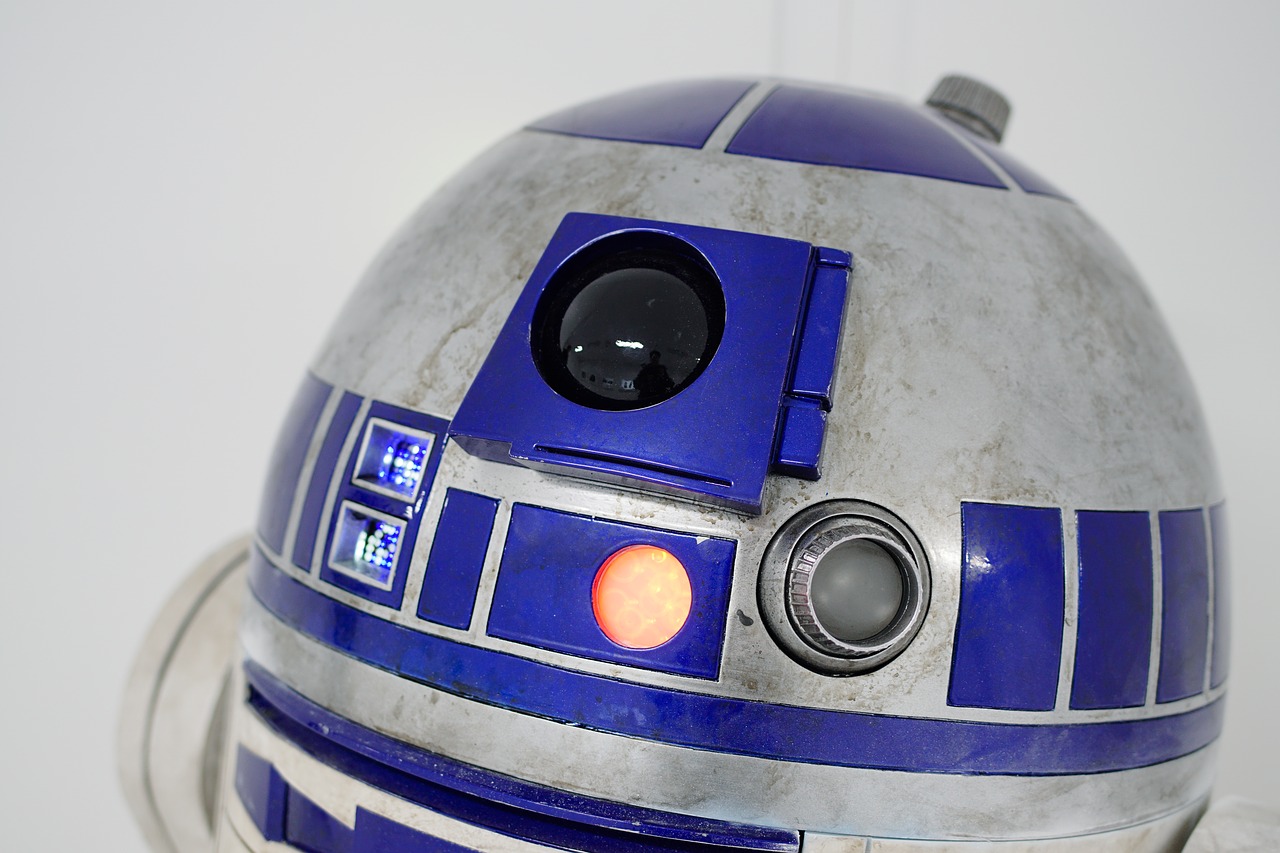
Kenner Products, the official licensee for Star Wars-branded toy figurines, sought a preliminary injunction against Ideal, alleging both copyright and trademark infringement. Ideal acknowledged it was capitalizing on the popularity of the Star Wars phenomenon. The Southern District of New York denied the motion for a preliminary injunction on grounds that Kenner failed to meet its burden of proof.
The court held that there was no likelihood of probable success on the copyright infringement claims because there was no substantial similarity between the toys and the Star Wars characters and because there was objective evidence of independent creation. Ideal Toy Corp. v. Kenner Products, 443 F.Supp. 291 (S.D.N.Y. 1977).
More cashing in on the “struggle between good and evil in space”
Twentieth Century Fox held the copyright for the motion picture “Star Wars” and for a “Star Wars” book. They sued, inter alia, for copyright infringement by MCA, the creators of “Battlestar Galactica.” BG was released to again capitalize on the Star Wars craze.
MCA didn’t argue the validity of Twentieth Century Fox’s copyright and admitted having access to its works. The district court granted MCA partial summary judgment on the copyright claims. The only issue on appeal was whether MCA’s production was so dissimilar to Twentieth Century Fox’s, as to both ideas and expression, that no material fact remained on the question of substantial similarity.
Twentieth Century Fox argued that a comparison of the two works discloses at least 34 similarities, including the fact that “[t]he leader of the democratic forces is an older man, displaying great wisdom, and symbolizing goodness and leadership, with a mysterious mystical ability to dominate a leader of the totalitarian forces;” “[t]here is a scene in a cantina (Star Wars) or casino (Battlestar), in which musical entertainment is offered by bizarre, non-human creatures;” and “[t]here is a romance between the hero’s friend (the cynical fighter pilot) and the daughter of one of the leaders of the democratic forces.”
The Ninth Circuit said that summary judgment was usually disfavored in copyright actions because substantial similarity was often an extremely close factual question. The Court watched the films (no word if there was popcorn or Jujyfruits). After, the show, they reversed and remanded the matter for trial, finding a number of substantial similarities between the parties’ ideas and expressions. “At a minimum,” the Court said, “it is a close enough question that it should be resolved by way of a trial.” Twentieth Century-Fox Film Corp. v. MCA, Inc., 715 F.2d 1327, 1328 (9th Cir. 1983).
Who made those Stormtrooper helmets?
 The prop designer who made the original Stormtrooper helmets won his copyright battle with Lucas over his right to sell replicas. Lucasfilm sued Andrew Ainsworth for $20m in 2004, claiming that he didn’t hold the intellectual property rights and had no right to sell them.
The prop designer who made the original Stormtrooper helmets won his copyright battle with Lucas over his right to sell replicas. Lucasfilm sued Andrew Ainsworth for $20m in 2004, claiming that he didn’t hold the intellectual property rights and had no right to sell them.
The Supreme Court upheld the Court of Appeals finding that the helmets weren’t sculptures, and thus, weren’t artistic works. Lucas was successful in US court—but the judgment couldn’t be enforced because Ainsworth had no U.S. assets. As a result, Lucas took the battle to the UK and lost. Lucasfilm Limited, et. al v, Ainsworth, [2011] UKSC 39, [2012] 1 AC 208 (2011).
Walkers vs. Striders?
A new Star Wars sequel means new litigation to protect the brand.
Artist Lee Seiler said that the Imperial Walkers from “The Empire Strikes Back” were taken from his 1976 drawings of “Garthian Striders.” The artist argued in federal court that his original drawings had been destroyed in a flood right before the movie’s release, so he created a “reconstruction” to register the work with the Copyright Office and bring a copyright infringement lawsuit. Lucasfilm said that their 1980 film couldn’t have infringed on a drawing not created until 1981. Seiler responded that whether his “reconstruction” was sufficient secondary evidence of his destroyed originals was a question for the jury.
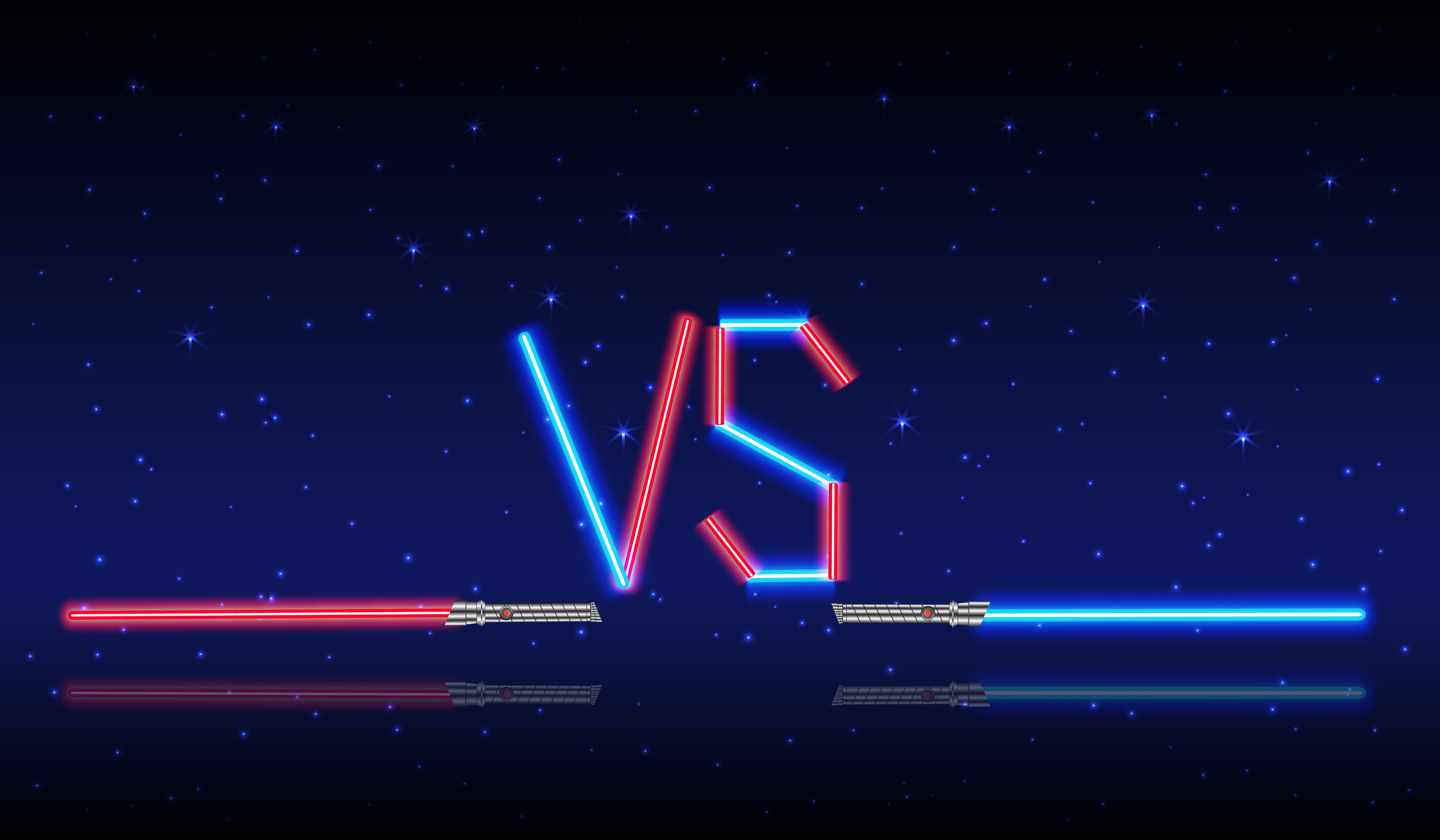
The district court held for Lucasfilm and excluded the reconstruction based on the “best evidence rule.” Fed. R. Evid. 1004(1) provides that secondary evidence of the contents of a writing, recording, or photograph is admissible unless the proponent of the evidence lost or destroyed the originals in bad faith. Judge William H. Orrick wrote that the majority of these bizarre “facts” (the judge probably would’ve used air quotes if he was reading his opinion out loud) were not corroborated by any neutral or independent third party.
The district judge found that Seiler had purposely destroyed the original. Orrick held that Seiler failed to meet his burden on the preliminary issue of loss or destruction without bad faith. Seiler v. Lucasfilm, Ltd., 613 F.Supp. 1253 (N.D. Cal. 1984).
The * WARS trademark
As the judge wrote in Lucasfilm, Ltd. v. High Frontier, 622 F.Supp. 931 (D.D.C. 1985),“Not so long ago, in a studio far, far away from the policymakers in Washington, D.C., George Lucas conceived of an imaginary galaxy where fantastic creatures and courageous knights battled an evil empire with spaceships, “blaster” guns and light sabers.”
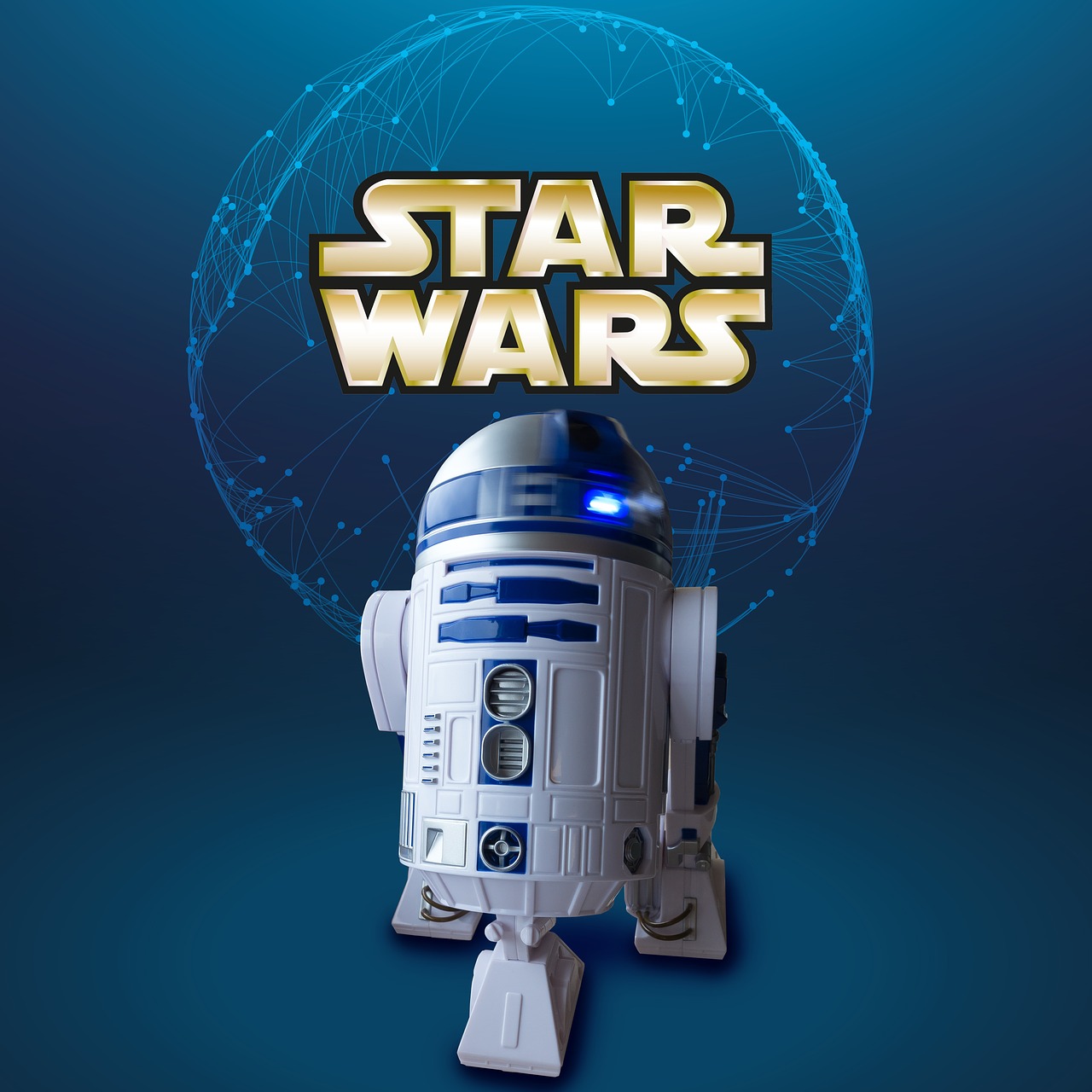
With the popularity of the Star Wars movies, everyone was using its title — including the president. In 1985, President Reagan called his Strategic Defense Initiative (or “SDI”) “Star Wars.” George Lucas really didn’t like that and filed suit against D.C. lobbying groups, alleging that they were infringing the STAR WARS mark by their use of the term in political advertisements. He sought an injunction against such use.
The district court denied the injunction, holding that the lobbying groups hadn’t affixed any trademark to any goods or services for sale. Indeed, Judge Gerhard Gesell wrote, “they are not engaged in selling anything but ideas.” The lobbyists weren’t in competition with the filmmaker, so there was no infringement.
Lucasfilm had no property right in the use of words commonly found in the English language, the judge went on to opine. “Since Jonathan Swift’s time, creators of fictional worlds have seen their vocabulary for fantasy appropriated to describe reality.”
Star Wars sleaze
Even the adult film industry tried to cash in on the Star Wars craze. George Lucas and his company sued a maker of animated pornographic motion pictures, claiming its copyright and trademark were being infringed, diluted, and tarnished by the porno pic. While Lucas didn’t quote Jabba the Hut and cry, “Ya koon tacha poonoo nee sah, gee (“Your powers will not work on me boy”), he did file a motion.
But the court denied Lucasfilm’s motion for an injunction. U.S. District Judge Claudia Wilken found that Lucasfilm’s trademark infringement claim was weak because there was little likelihood of confusion between “Star Wars” and “StarBallz.” As far as the copyright claim, the judge held that parody can be a defense to copyright infringement to the extent that it constitutes fair use. Judge Wilken said that “Starballz” rarely would be sold in the same marketing channels as “Star Wars” Lucasfilm Ltd. v. Media Market Group, Ltd., 182 F.Supp.2d 897 (N.D. Cal. 2002).
As Ninth Circuit Judge Andrew D. Hurwitz opined, “Star Wars is still Star Wars, even without Princess Leia’s bikini scene.” Disney Enters. v. VidAngel, Inc., 869 F.3d 848, 861 (9th Cir. 2017). So, we’re clear on that.
Takeaway
We can’t cover all 364 (at last count) other cases dealing with Luke, Leia, and Darth, but here a few more: Clarks of England, Inc. v. Glen Shoe Co., 485 F.Supp. 375 (S.D.N.Y. 1980) (injunction concerning the sale of STAR TREK shoes); and Lucasfilm Ltd. LLC v. Ren Ventures Ltd., 2018 U.S. Dist. LEXIS 97238 (N.D. Cal. April 24, 2018) (copyright and trademark infringement in connection with a Lando Calrissian Video Game).
And we really have no earthly idea how many lawsuits have been filed on Tatooine, Alderaan, Hoth, Bespin, or Yavin (Star Wars planets).
Enjoy May Fourth, and in the words of Obi-Wan Kenobi, “The Force will be with you. Always.”

